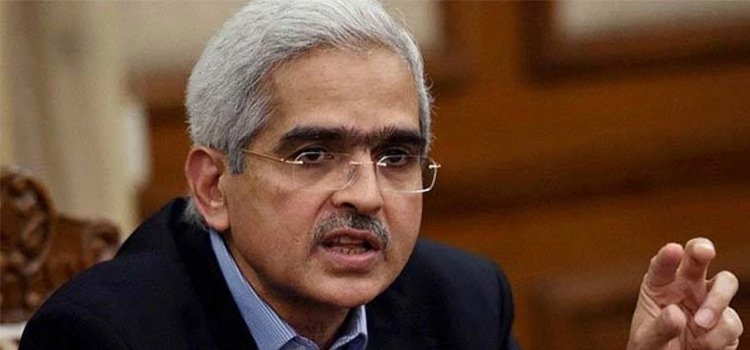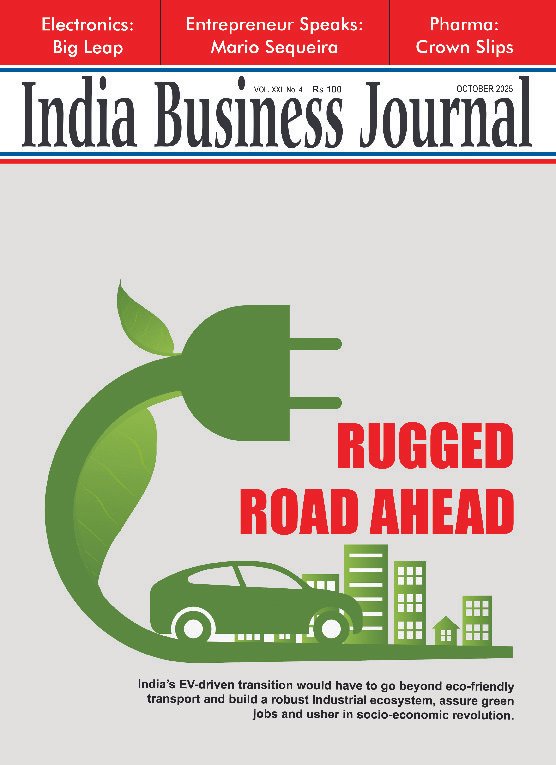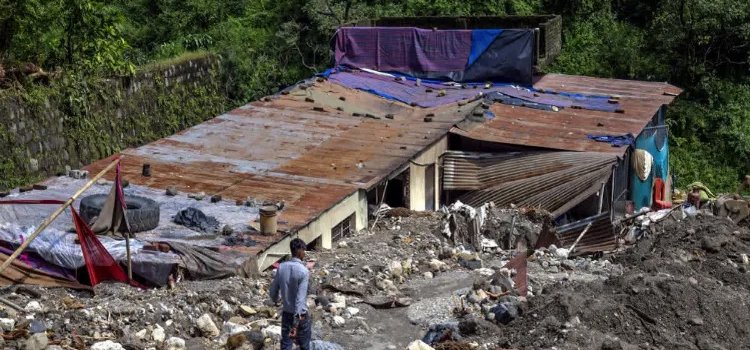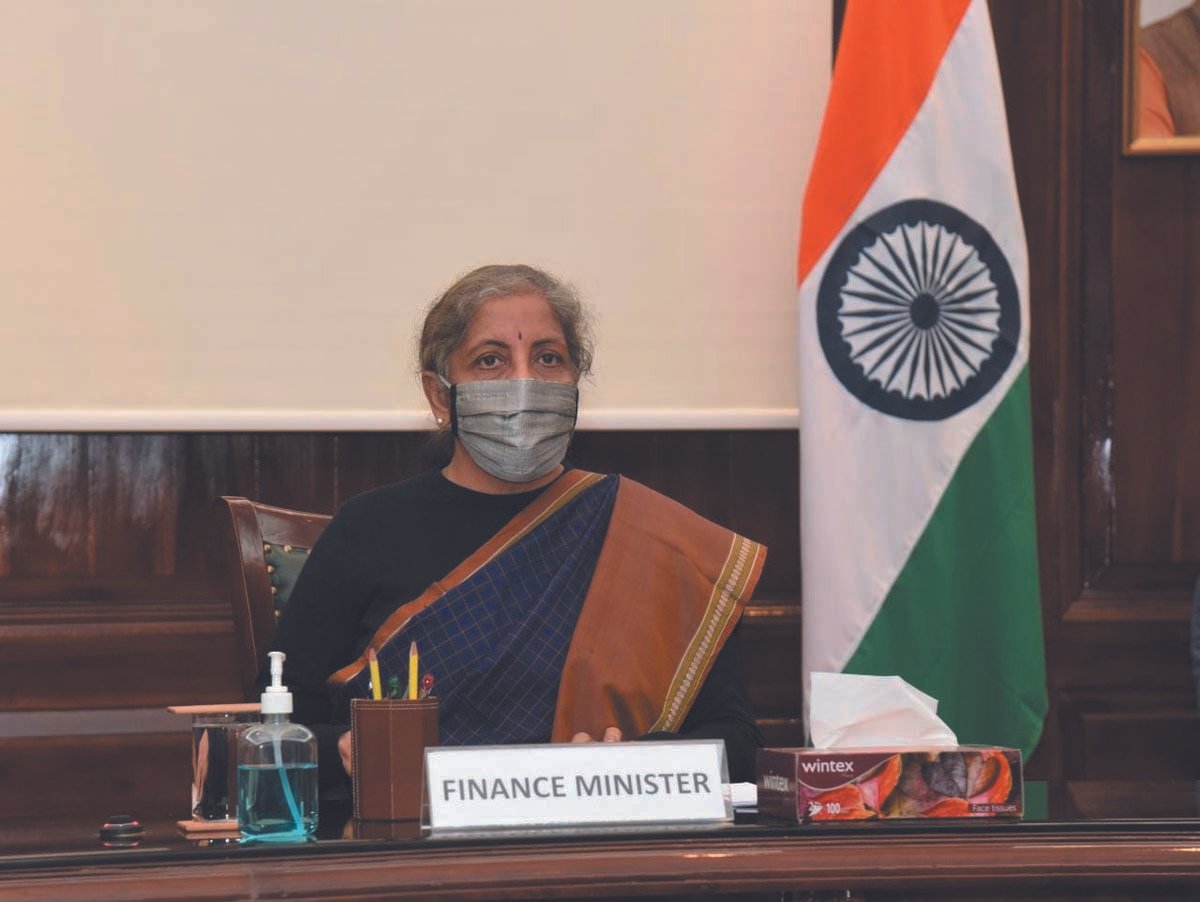ECONOMY
RBI chief assures of ample liquidity as central bank gears up to suck out money from system
- IBJ Bureau
- Mar 22, 2022

The Reserve Bank of India (RBI) would ensure abundant liquidity in the market for the credit system to function normally, Governor Shaktikanta Das said on Monday.
He emphasised that even as RBI was pulling out liquidity given over the last two years to support various sectors, there would be enough liquidity to meet the productive requirements of the economy.
“I would like to make it very clear with a lot of emphasis that even going forward, we will ensure there is abundant liquidity in the market for the credit system to function normally, and we will ensure there is no scarcity of liquidity,” he said while addressing the CII National Council meeting.
He said most of the liquidity that RBI had injected, had a sunset date and a lot of it had, in fact, come back.
Over the last two years, RBI had given a total liquidity support of about Rs 17 lakh crore. Of that, banks and small finance banks availed themselves about Rs 12 lakh crore, he said.
“As I speak today, Rs 5 lakh crore has already come back, and the rest will mature at the end of the third year, and some of it will also come back in the intervening period,” he said.
“When you inject liquidity you are entering into what people describe as a Chakravyuh – a lot of people know how to enter but few know how to come out. It is therefore necessary to have sunset dates. At RBI, the day we announced that we enter that Chakravyuh, we planned for an exit route also and we would come out smoothly,” he said.
Mr Das said that RBI’s effort had been that the whole process of injection and withdrawal of liquidity took place in a non-disruptive manner.
On the banking sector, he said public and private lenders had raised additional capital over the last few quarters. At the system level, the capital adequacy of banks is at 16 per cent.
The governor said that the gross non-performing assets of all banks put together were at an all-time low of 6.5 per cent. The provision coverage ratio also stands at 69 per cent which is a robust figure.





















Report By
View Reporter News